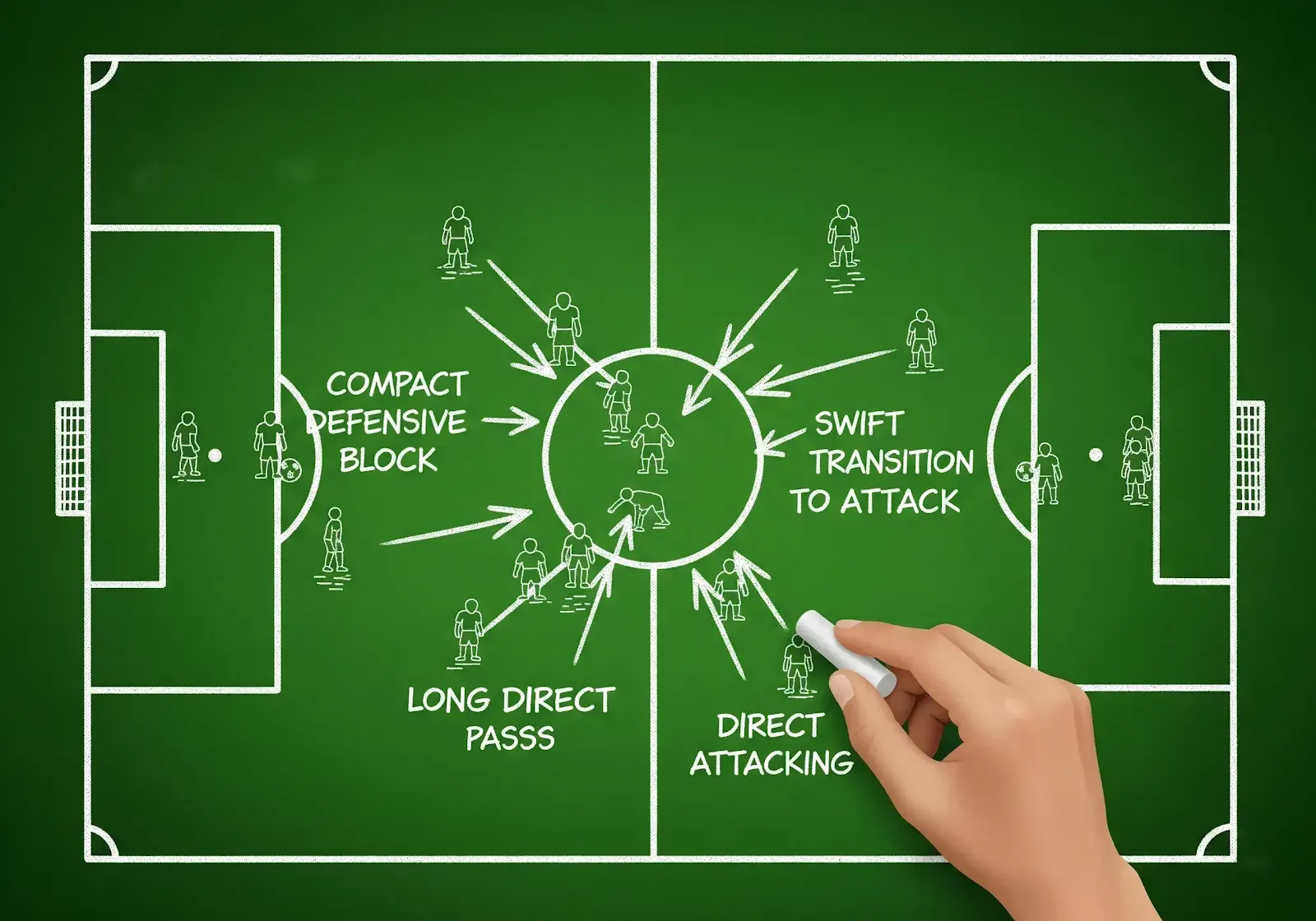Tactical Evolution: How football strategies are redefining the modern game
Table of Contents
 |
Tactical shifts are not only reshaping team dynamics but also impacting how spectators understand the sport. These changes have led to a new era where intelligent formations and reactive strategies dominate the field.
For those interested in exploring sports through an interactive lens, you can read more about dynamic football-themed games online that capture the excitement of real-time decision-making.
Emphasis on Pressing and Counter-Pressing Systems
Aggressive pressing has emerged as a defining feature of elite-level football. Teams now adopt high-energy tactics that suffocate opponents and recover possession quickly. Managers like Jürgen Klopp and Pep Guardiola have championed pressing methods that combine stamina, intelligence, and positional discipline.
Rather than simply chasing the ball, modern pressing involves cutting off passing lanes and funneling attacks into specific zones. Players are trained to anticipate movement, swarm with coordinated effort, and immediately transition from defense to offense. This structured chaos not only disrupts the rhythm of rivals but also creates instant attacking opportunities.
Pressing Triggers and Zones
Different squads employ customized triggers for pressing. These include:
- A backward pass under pressure
- A loose first touch from the opponent
- Specific opponents receiving the ball with their back to goal
The Rise of Hybrid Roles and Positionless Play
Positional fluidity is another critical trend redefining football tactics. Traditional roles are being deconstructed as players take on hybrid responsibilities across multiple zones of the pitch. Fullbacks now often operate like midfielders, while midfielders drop deep to form auxiliary defensive lines.
This flexibility gives teams more control in transition phases. A player like João Cancelo, for example, may start at left-back but drift into central areas to dictate possession. Meanwhile, forwards often drop into midfield to create overloads or draw defenders out of shape.
Benefits of Fluid Systems
By embracing this hybrid structure, managers can:
- Overload zones to create numerical superiority
- Confuse opposition defenders with unpredictable movement
- Maximize ball retention with multi-functional players
Data Analytics as a Tactical Driver
Football clubs are now integrating data science into every aspect of strategy. Tactical analysis is no longer just about intuition or experience—it is increasingly shaped by real-time statistics and predictive modeling. Metrics like expected goals (xG), progressive passes, and pressing efficiency are driving decision-making both on and off the field.
Teams leverage this data to adjust their setups on a game-by-game basis. For example, if an opposing team is weak in defending aerial duels, a manager might instruct wide players to deliver more crosses. Likewise, if analytics show that a specific midfielder loses possession under pressure, pressing strategies can be adapted accordingly.
Technology in Tactical Planning
Some tools used by coaching staff include:
- GPS trackers for player movement analysis
- Heat maps to identify spatial dominance
- AI-generated opponent profiles and weaknesses
Impact of Game States on Strategy
Another growing concept in football strategy is the management of game states. Rather than sticking to a fixed system, elite teams now adjust their tactics depending on whether they are winning, losing, or drawing. This situational awareness plays a crucial role in dictating pace, intensity, and formation changes.
If a team takes an early lead, they may shift to a more compact shape and absorb pressure. Conversely, chasing a goal late in the match often calls for riskier formations like a 3-4-3 or even a striker-heavy 4-2-4. Coaches use substitutions not just for fresh legs, but also to alter the psychological rhythm of the match.
Mental and Physical Demands of Modern Strategies
As football tactics grow more intricate, so do the demands on players. Athletes are expected to master multiple roles, read complex cues, and maintain peak fitness levels throughout. Training sessions now include mental conditioning, pattern recognition drills, and strategic briefings that mimic real-game pressures.
The emphasis on mental sharpness means players must stay focused throughout every phase—pressing, transitioning, and set-pieces. Decision-making speed has become just as valuable as physical endurance.
Conclusion: Where the Game is Headed
Strategic innovation continues to shape the future of football. With pressing, fluidity, and data at the heart of modern systems, clubs are rewriting the tactical rulebook. What emerges is a faster, smarter, and more unpredictable version of the sport that rewards adaptability and foresight.
As these approaches continue to evolve, fans can expect matches filled with surprises, counter-moves, and ever-changing formations. Football is no longer just about technical ability - it's a chess match played at lightning speed, where the sharpest minds often triumph.
For any enquiries, please contact us here.







Post a Comment